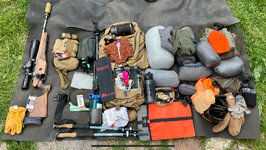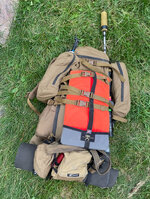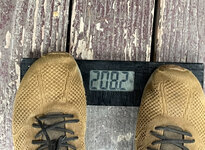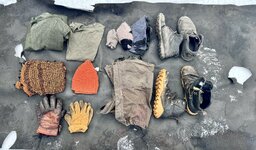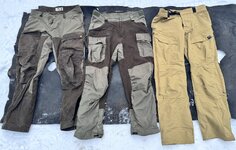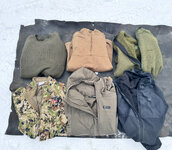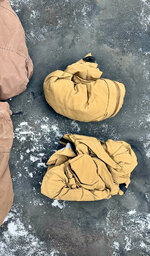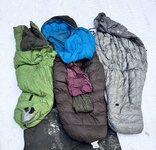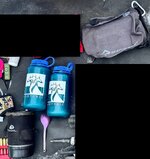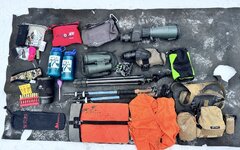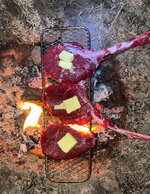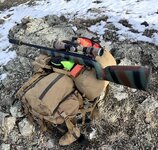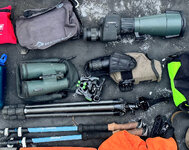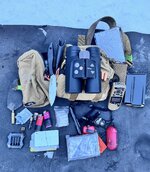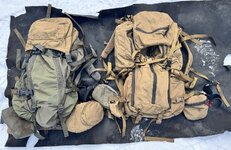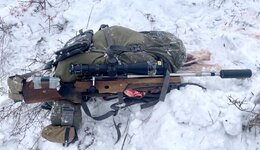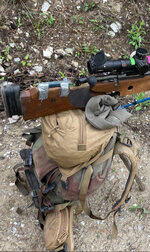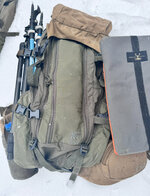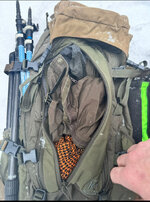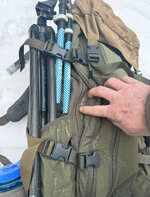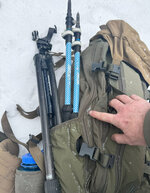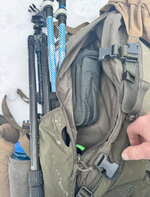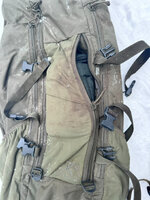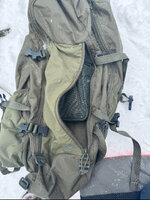Formidilosus
Super Moderator
- Joined
- Oct 22, 2014
- Messages
- 8,263
I have gotten 20-30 requests for a full gear post of what I use over the last year or two. I have not done so as certain gear brings out emotions more than which cartridge and bullets threads, and there is an element of personal preference. I also don’t solely or even generally base most of my choices on what I like, but rather from observing and noting what works the best/optimum for as many people as possible for the given conditions.
When it is personal preference that is driving my choices, I will state so. Otherwise, agree or not- there is an element of objectivity about the item.
Use case:
In general, the majority of what I do is October to February, western mountain hunting. Weather will range from 80°F to well below 0°F (lowest has been -27°F IIRC). Usually, but not always with significant portions in 6” to 18” of snow, at times more than 2 feet of snow.
That compromises probably 70-80% of my choices. However, the remainder is broken up between Aug-Sep antelope and sometimes sheep, and April-June bear hunting. The in between months are still spent in the mountain west, but also desert, high desert and the eastern US. For most of hunting season nothing really changes save insulation layers and sleep gear.
The posts will be laid out as such:
1). Overall view of gear for a September hunt.
2). Base layer and on body accessories
3). Outer layers
4). Shelter and sleeping
5). Food and water
6). Hard gear
7). Misc
When it is personal preference that is driving my choices, I will state so. Otherwise, agree or not- there is an element of objectivity about the item.
Use case:
In general, the majority of what I do is October to February, western mountain hunting. Weather will range from 80°F to well below 0°F (lowest has been -27°F IIRC). Usually, but not always with significant portions in 6” to 18” of snow, at times more than 2 feet of snow.
That compromises probably 70-80% of my choices. However, the remainder is broken up between Aug-Sep antelope and sometimes sheep, and April-June bear hunting. The in between months are still spent in the mountain west, but also desert, high desert and the eastern US. For most of hunting season nothing really changes save insulation layers and sleep gear.
The posts will be laid out as such:
1). Overall view of gear for a September hunt.
2). Base layer and on body accessories
3). Outer layers
4). Shelter and sleeping
5). Food and water
6). Hard gear
7). Misc
Last edited:

